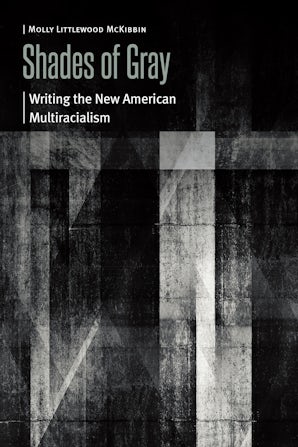Las Vegas has second-highest rate of interracial marriage in USPosted in Articles, Census/Demographics, Media Archive, United States on 2018-12-29 02:14Z by Steven |
Las Vegas has second-highest rate of interracial marriage in US
Las Vegas Review-Journal
2018-12-25
 Wife and husband Christie Faux, 63, left, and Kurt Faux, 61, sit together on a couch in their home in Henderson, Saturday, Dec. 22, 2018. Caroline Brehman/Las Vegas Review-Journal |
She was raised in Silicon Valley, the black daughter of two well-paid IBM employees. He was a white child who lived with his mother and grandmother in Las Vegas — some days not having enough money to eat — before moving back to a rural West Virginia county to finish high school.
Despite such different backgrounds, Erica Kyles and Kevin Pauley felt an immediate connection when a mutual friend introduced them at a Henderson gym in 2007.
“We went on a date, and that was it,” said Erica, 39, referring to the couple’s marriage at a Las Vegas Strip resort in March 2010. “We were really inseparable ever since.”
Erica and Kevin, now living in a southwest Las Vegas Valley suburb, are far from alone in their decision to wed. The Las Vegas metropolitan area has the second-highest rate of interracial marriage among U.S. metro areas, according to Pew Research Center findings published last year.
Almost 1 in 3 newlyweds here have a spouse of a different race or ethnicity, according to the analysis of U.S. Census Bureau data from 2011 through 2015. Only the Honolulu metro area ranked higher.
“Generally, intermarriage rates tend to be higher in places with more racial and ethnic diversity. Both Honolulu and Las Vegas would fall into that category,” Pew senior researcher Gretchen Livingston said. “The pool of potential spouses is just much more diverse.”…
Read the entire article here.





